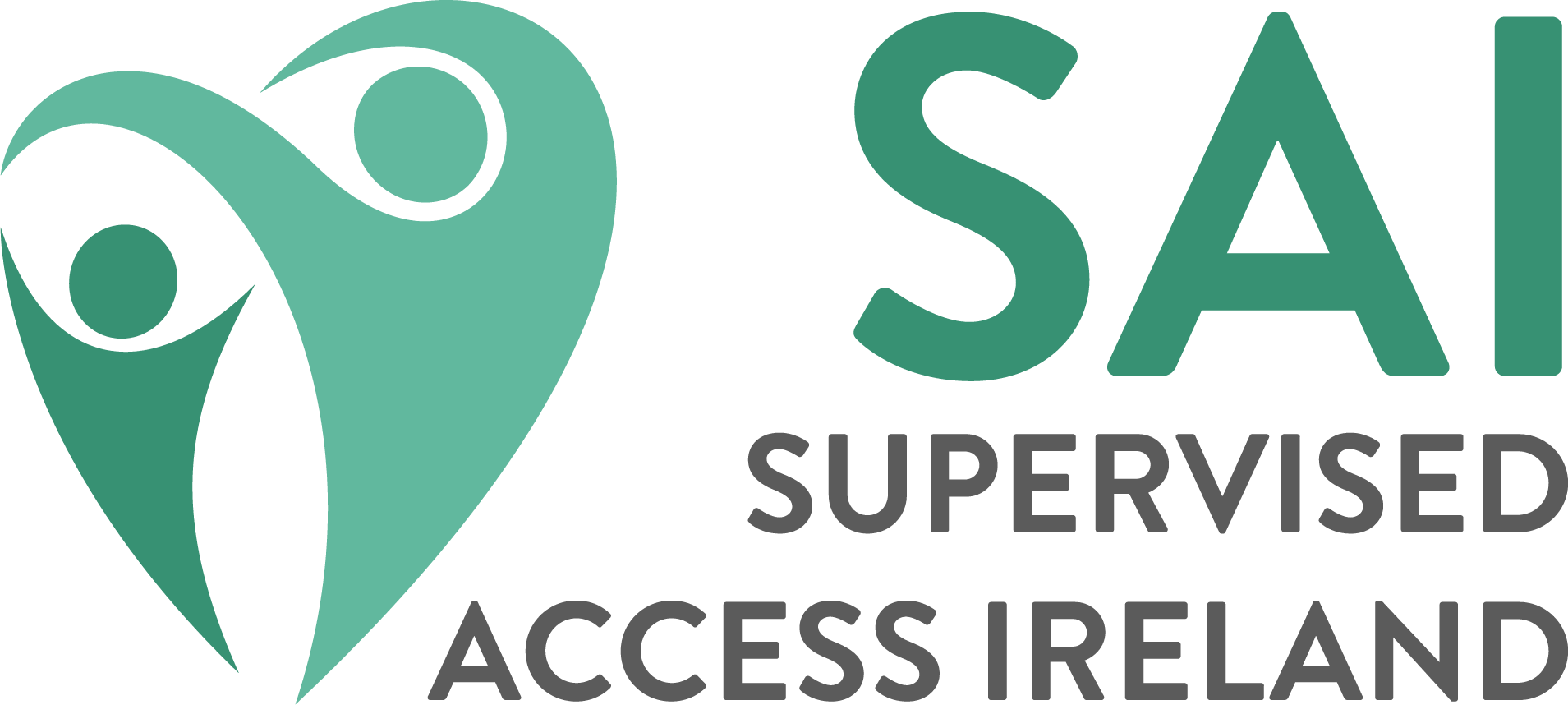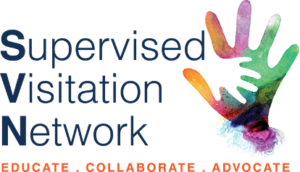Recognizing Trauma in Child Development within Supervised Access Settings

Course Objectives:
- Understanding Trauma: Define trauma and its various forms, including physical, emotional, and psychological trauma.
- Trauma in Child Development: Explore how trauma can affect different stages of child development.
- Signs and Symptoms: Identify signs of trauma in children during supervised access sessions.
- Impact of Trauma: Discuss the short-term and long-term effects of trauma on children’s well-being and development.
- Role of Supervised Access: Understand the role of supervised access in supporting children with trauma.
- Communication Strategies: Learn effective communication techniques for interacting with traumatized children.
- Legal and Ethical Considerations: Cover the legal and ethical aspects of dealing with trauma in supervised access.
- Support and Referral: Provide information on support services and referral processes for children showing signs of trauma.




